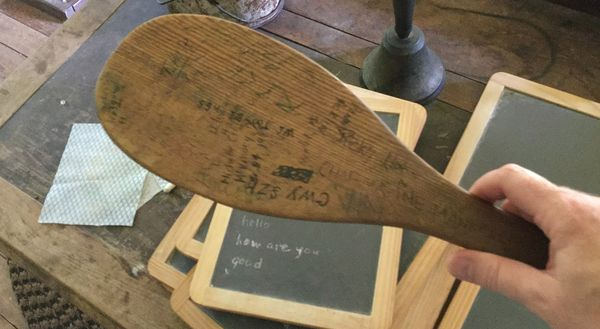More And More Parents Are Calling For “Old School” Discipline In Classrooms
The debate over disciplinary tactics in Australian classrooms has heated up, with parents, educators, and scholars all weighing in on the efficacy of using ‘old-school’ methods to combat disruptive behavior...

The debate over disciplinary tactics in Australian classrooms has heated up, with parents, educators, and scholars all weighing in on the efficacy of using ‘old-school’ methods to combat disruptive behavior among pupils.
The argument was triggered by a Senate investigation into classroom habits, which suggested a return to old disciplinary techniques as a viable remedy. These rules, which have now been introduced nationwide, advocate for teaching pupils basic habits such as entering schools, sitting properly, and asking courteous questions. It is recommended that desks be set in rows facing the teacher to establish a structured learning environment.
Furthermore, students are encouraged to practice’super walking,’ a tactic that promotes orderly mobility within the school grounds. These tactics are intended to teach discipline and create a favorable learning environment.
The Australian Education Study Organisation (AERO) performed a study that revealed that instructors spend around 20% of their time dealing with disruptive behavior in the classroom, highlighting the need for such disciplinary actions. Dr. Jenny Donavan, CEO of AERO, underlined the necessity of explicitly teaching pupils good behavior, citing a clear link between classroom conduct and academic success.

Dr. Donavan, a former teacher turned CEO, emphasized the importance of consistently teaching and implementing these characteristics throughout a student’s educational journey. She underlined that these skills are essential for effective classroom management.
Parents have also expressed their thoughts on the issue, with some blaming the problem on insufficient discipline at home. Others support the reinstatement of strong disciplinary measures in schools, seeing it as an essential step toward tackling student disrespect and unruliness.
Former principal Adam Voigt weighed in on the topic, recognizing the complexities of the situation. He underlined the importance of uniformity among schools and cautioned against depending primarily on punitive tactics, instead pushing for a balanced strategy that includes both modern teaching methods and traditional discipline.
While the argument continues, it is evident that there is no one-size-fits-all approach to handling disruptive behavior in the classroom. The trick is to strike a balance between current teaching methods and conventional disciplinary procedures, all while creating a supportive learning atmosphere that promotes student respect and responsibility. As educators, parents, and policymakers traverse this hard terrain, teamwork and open debate will be critical in determining Australia’s educational future.
